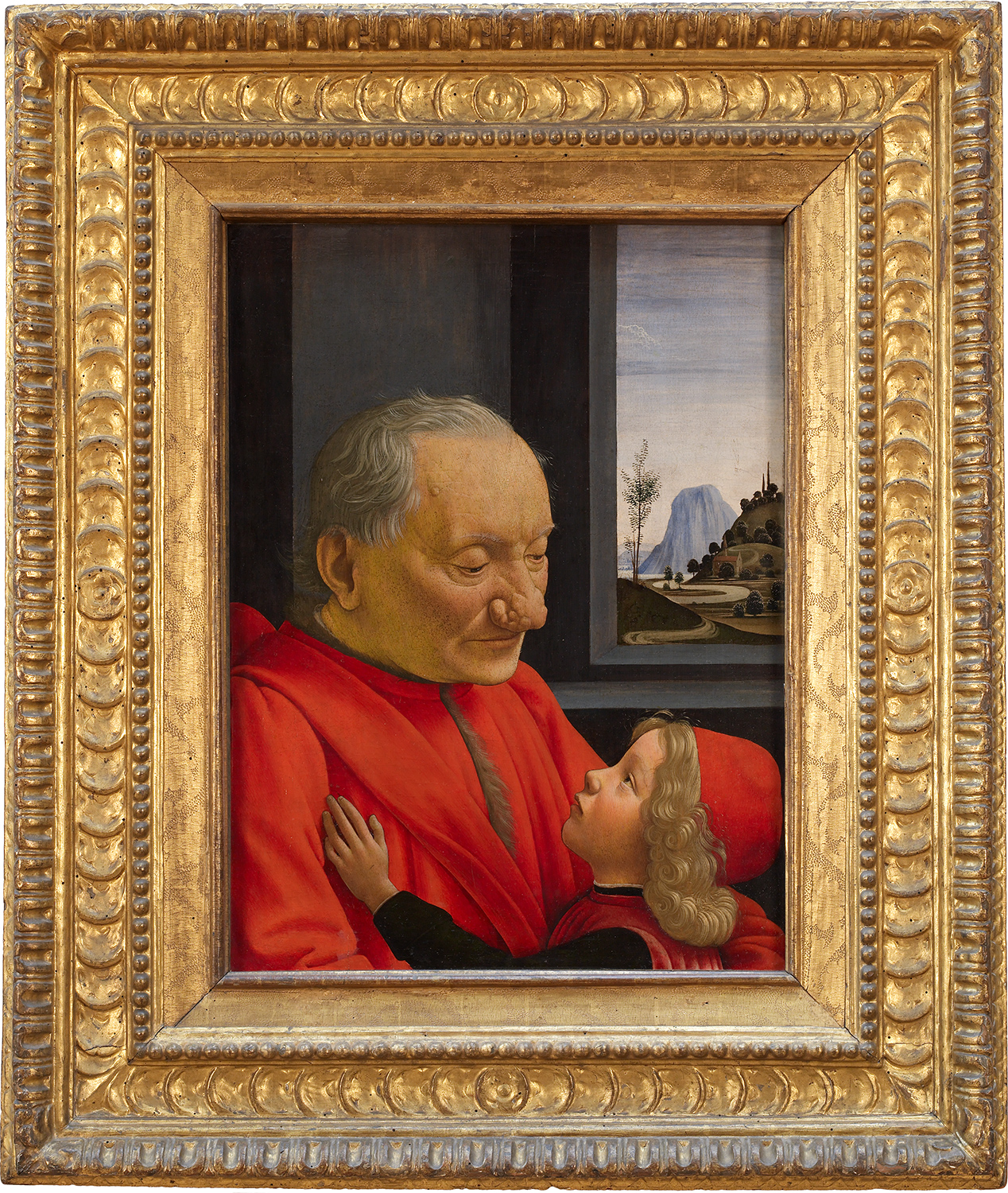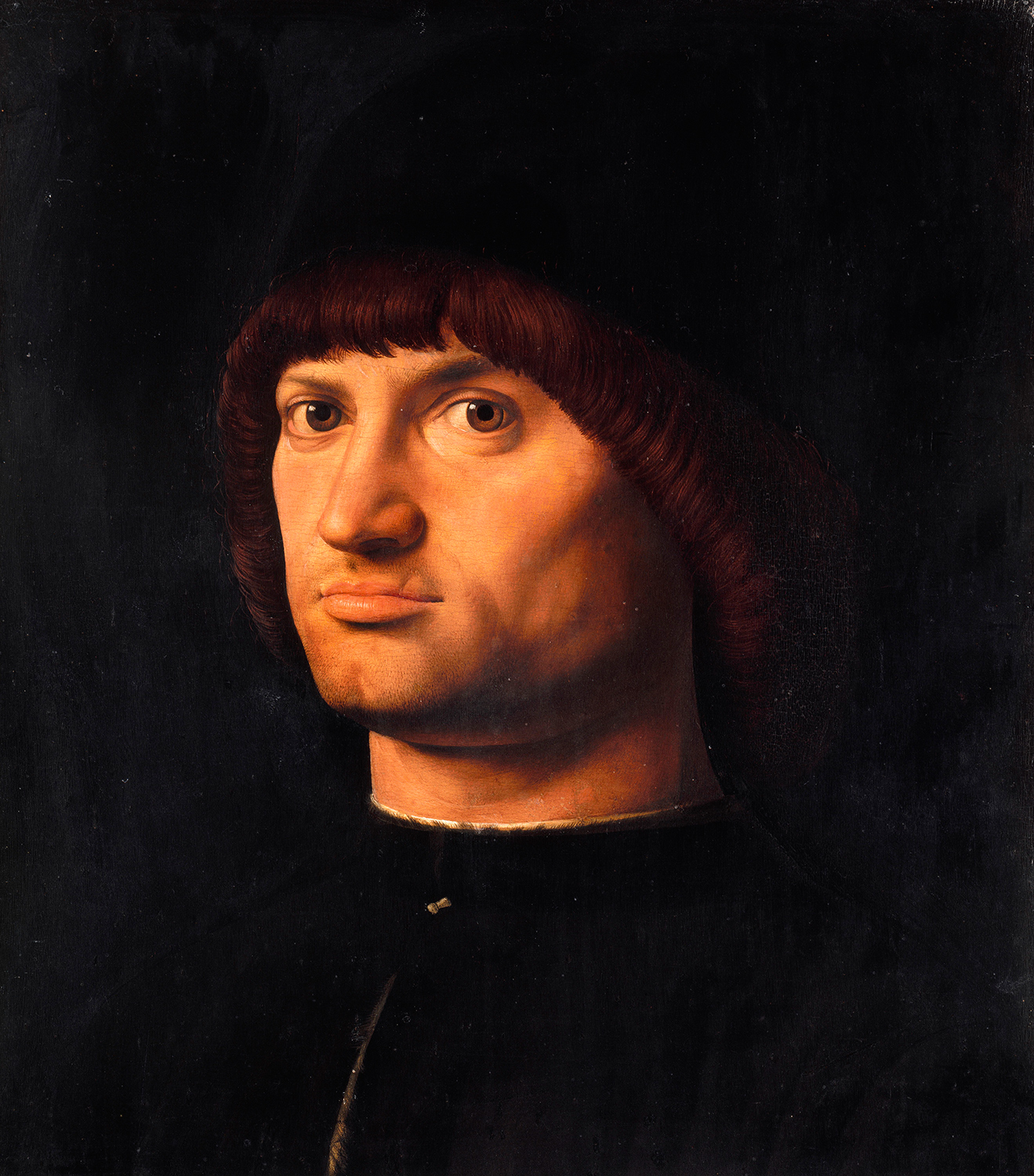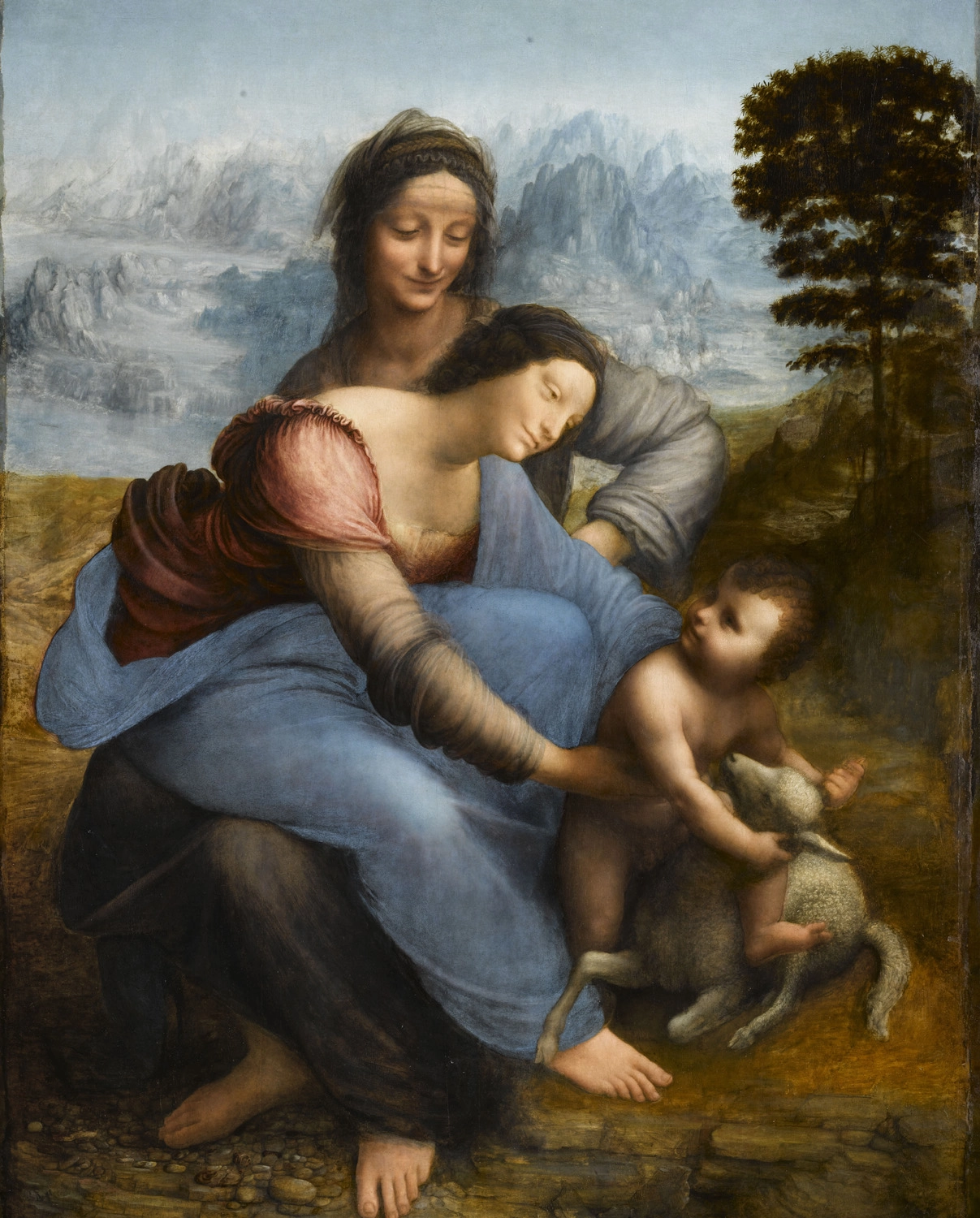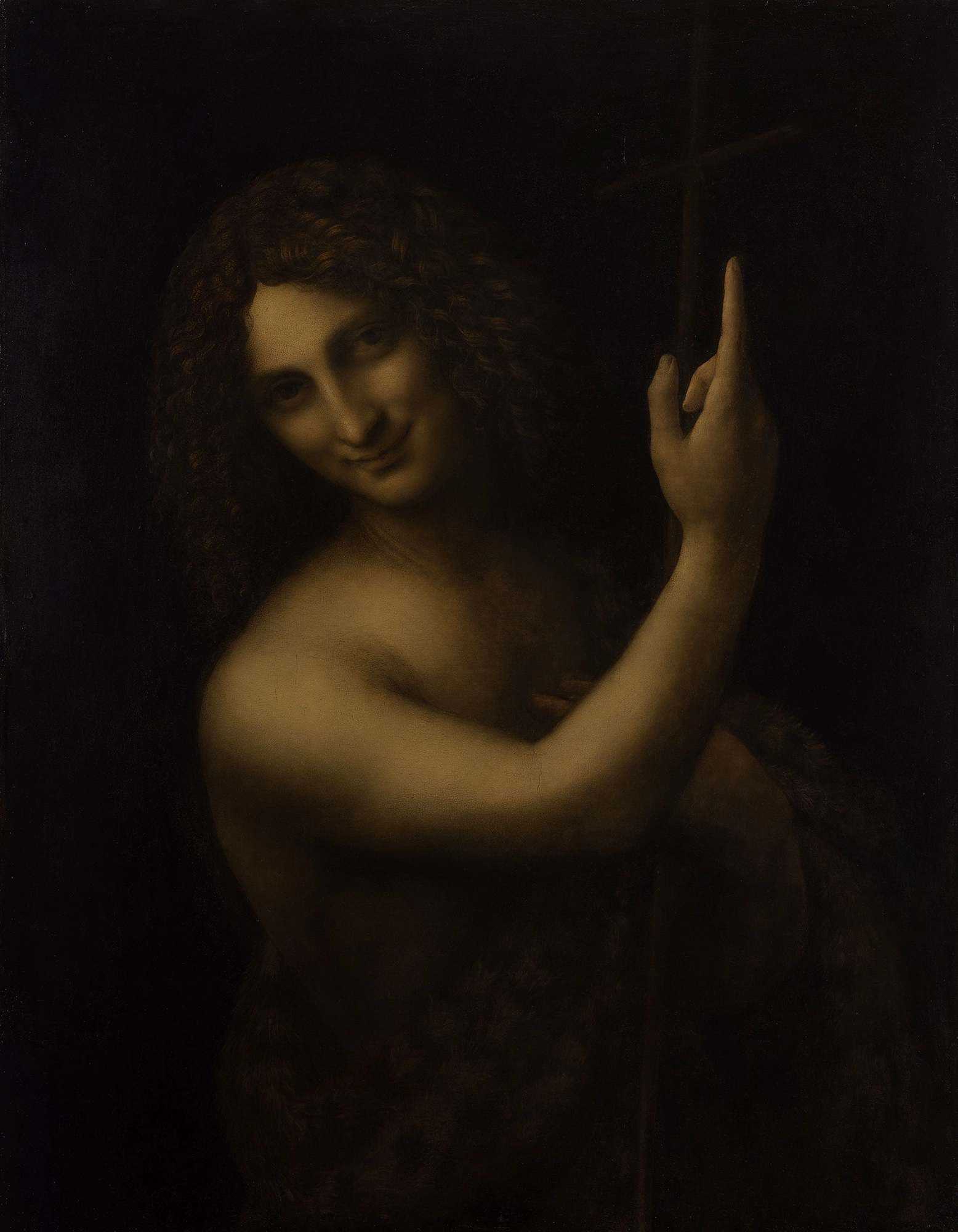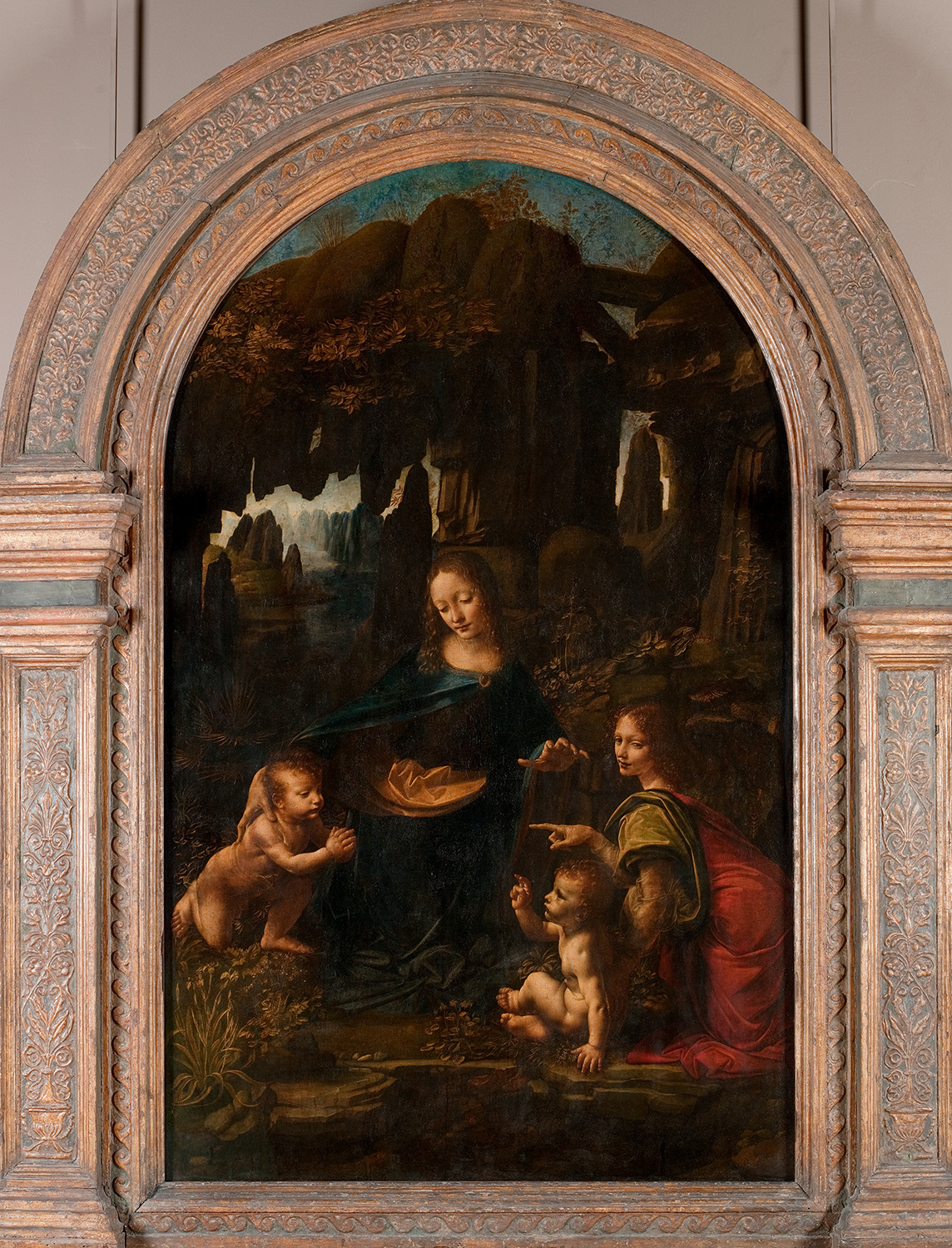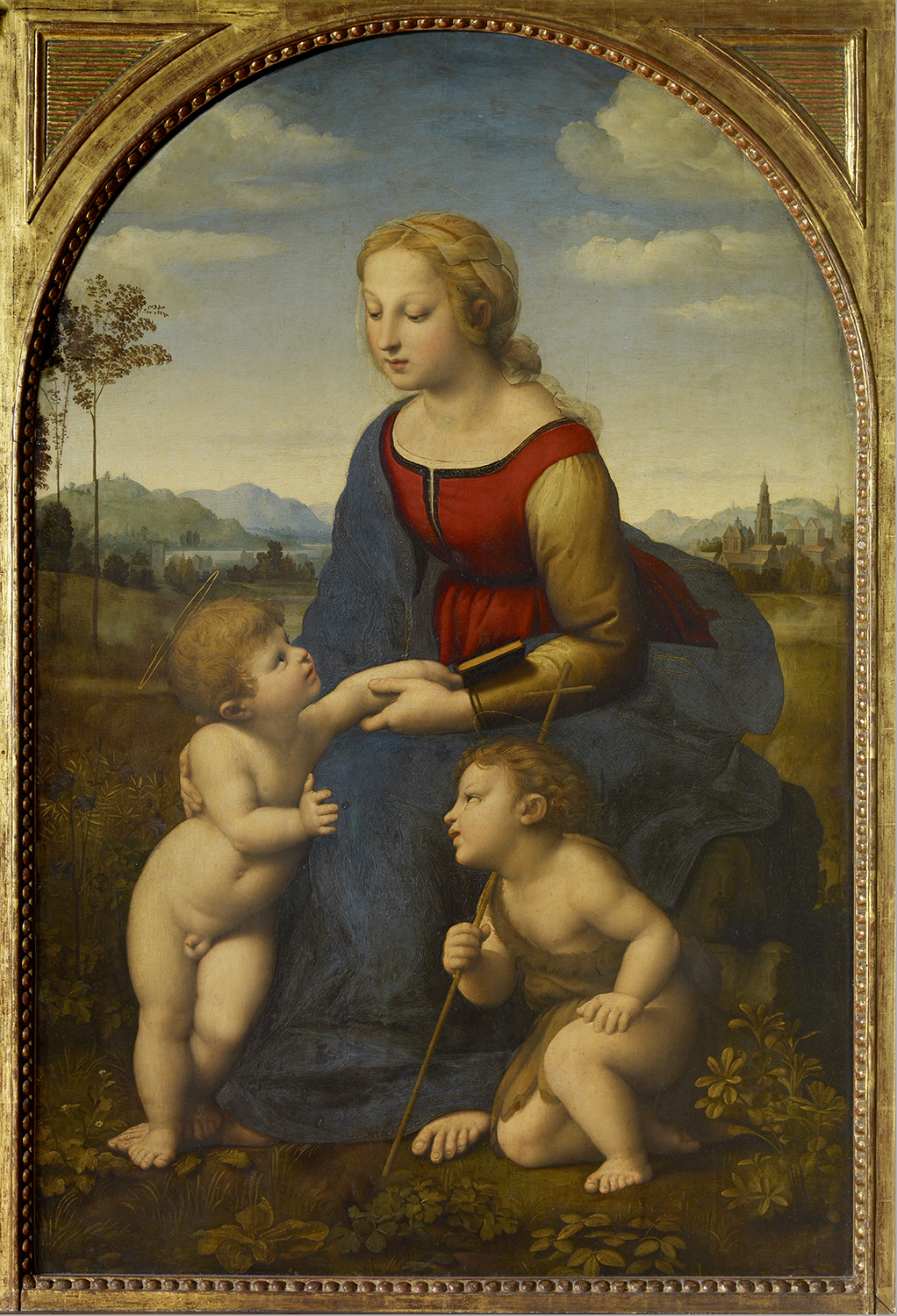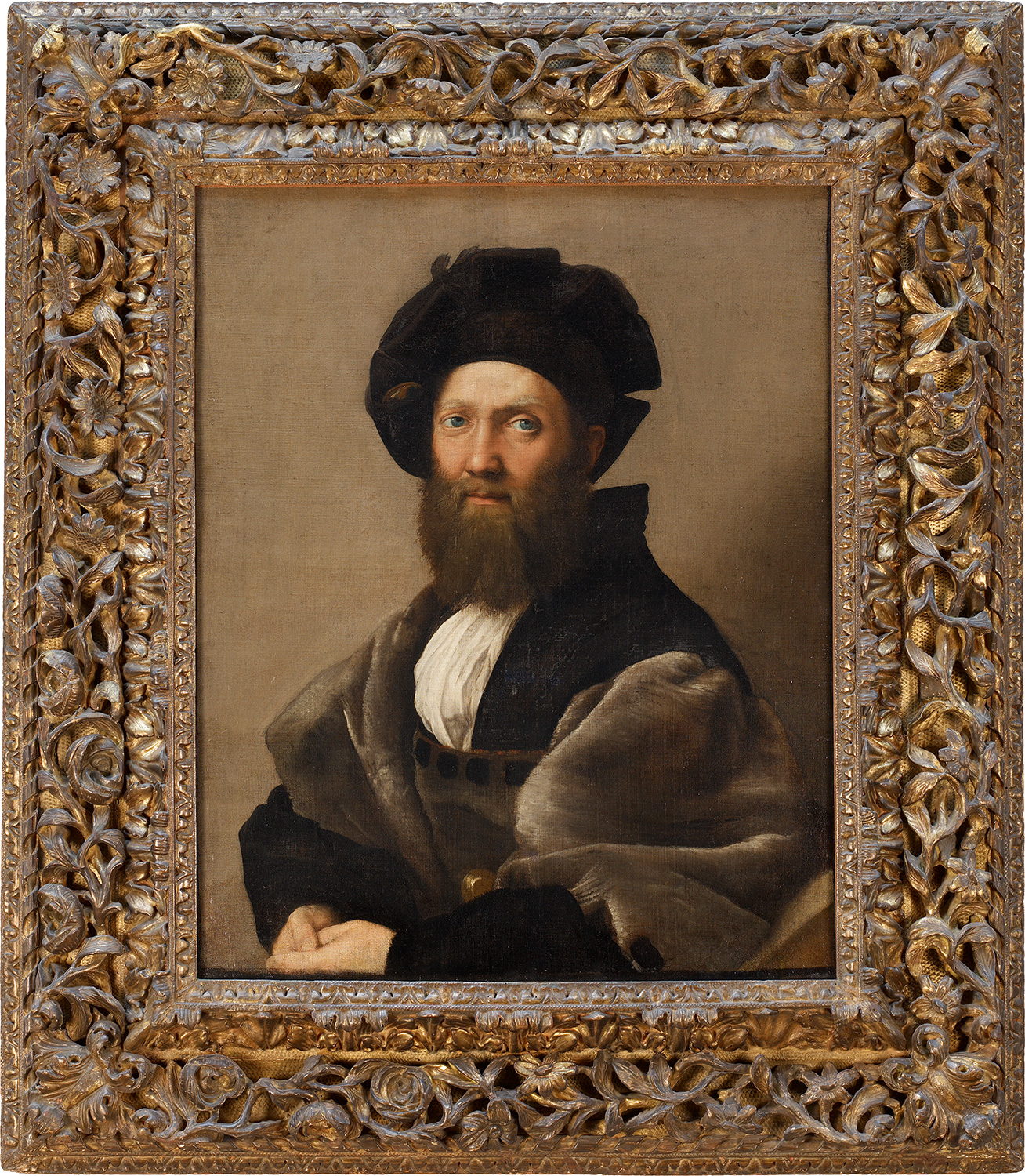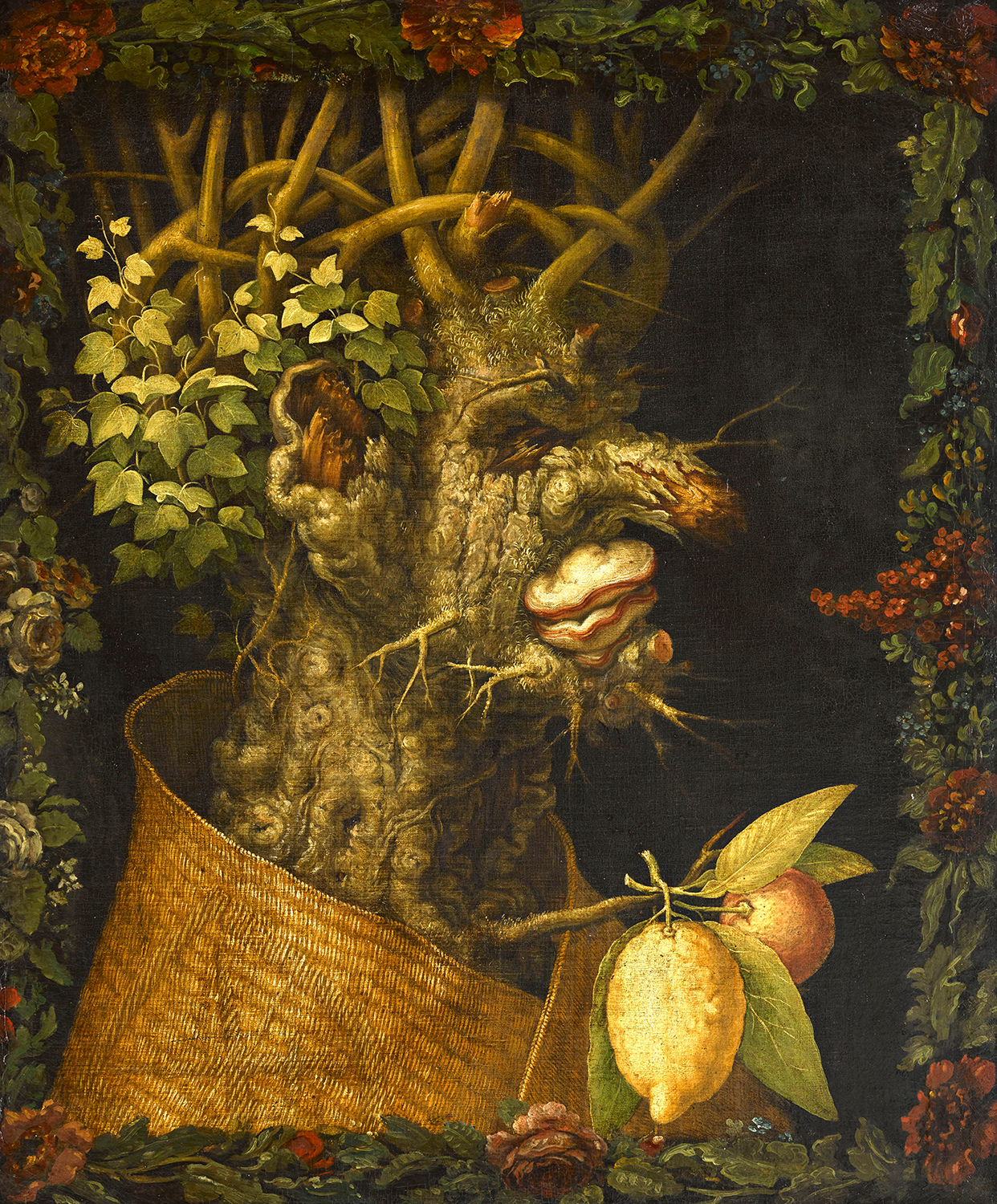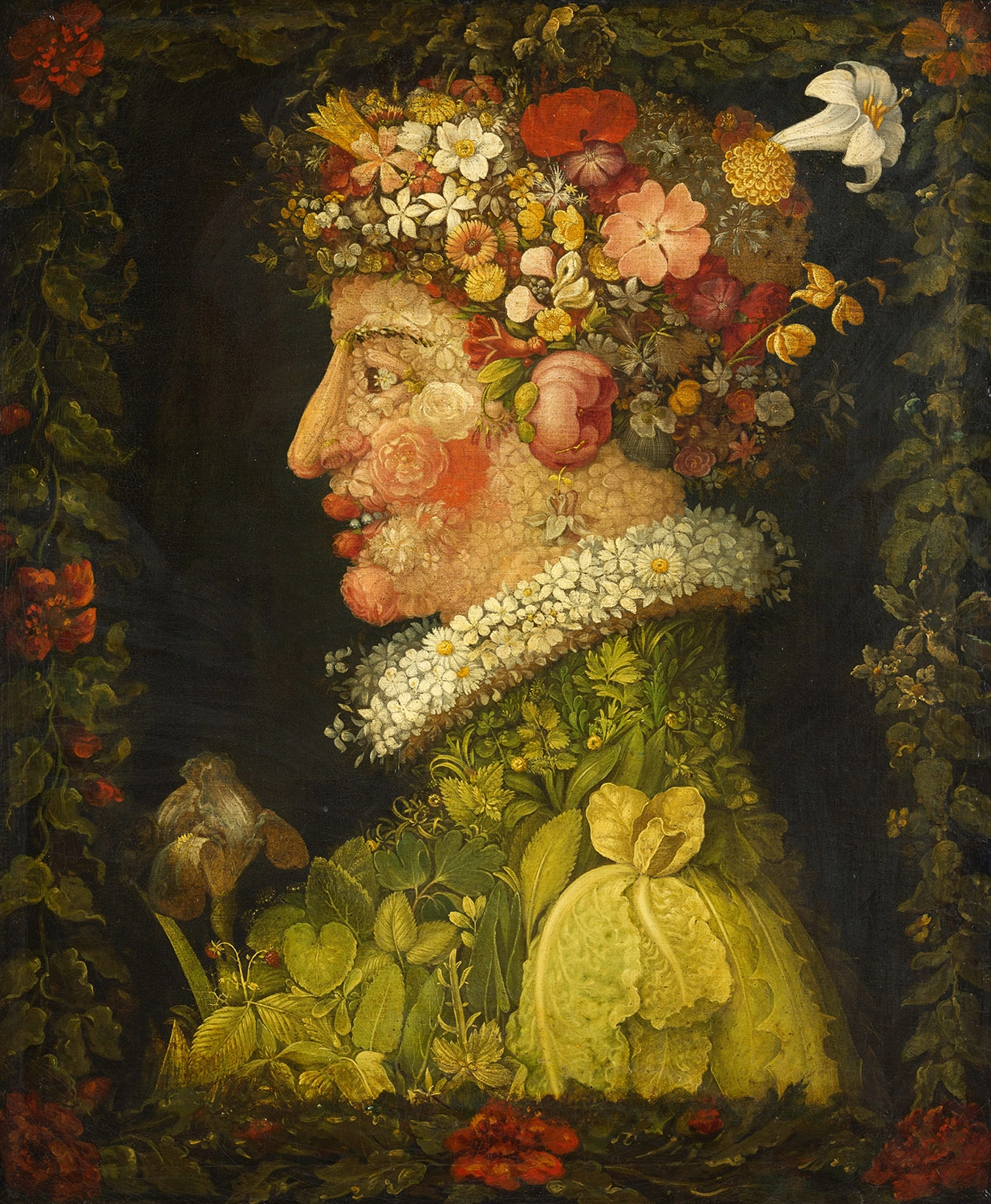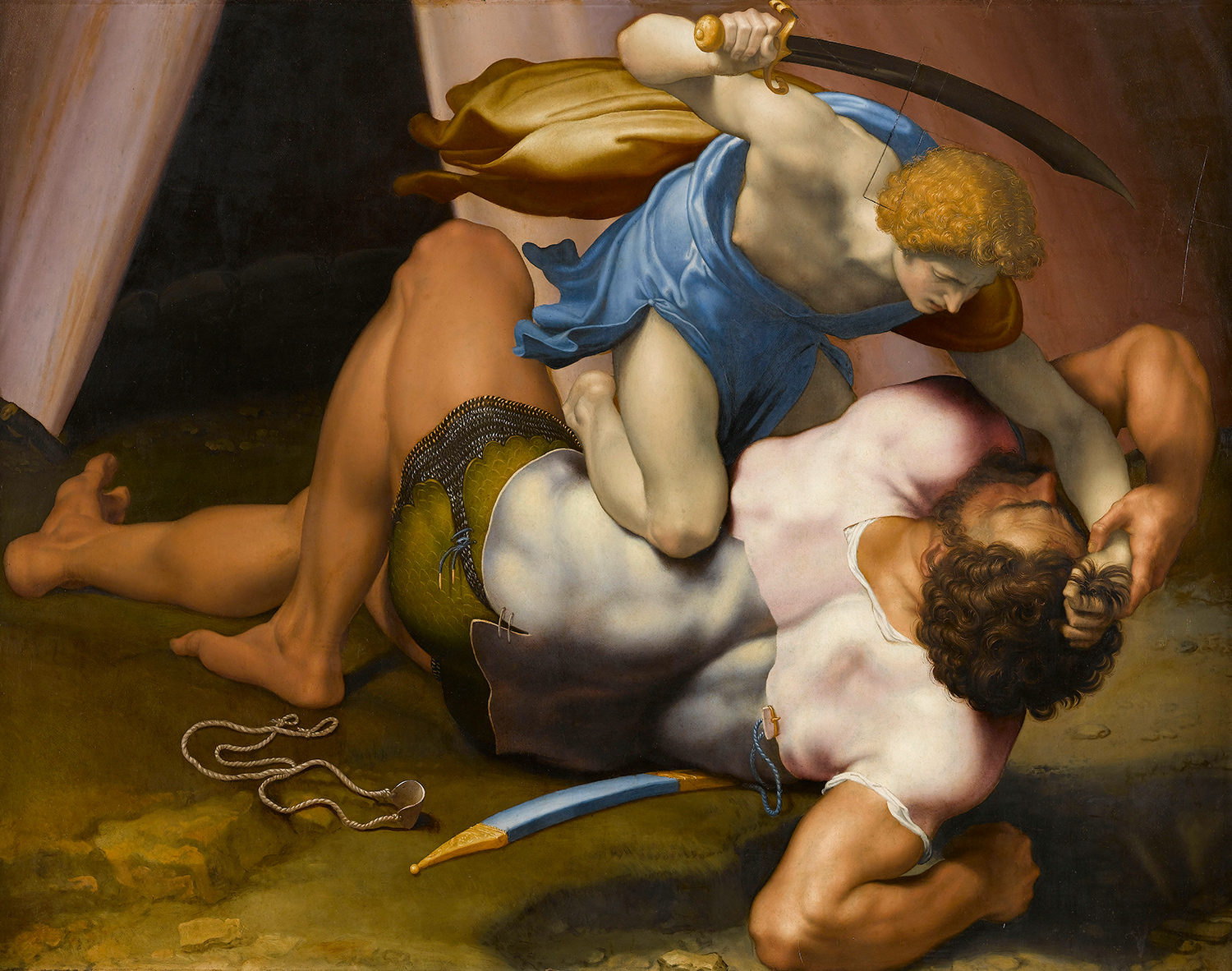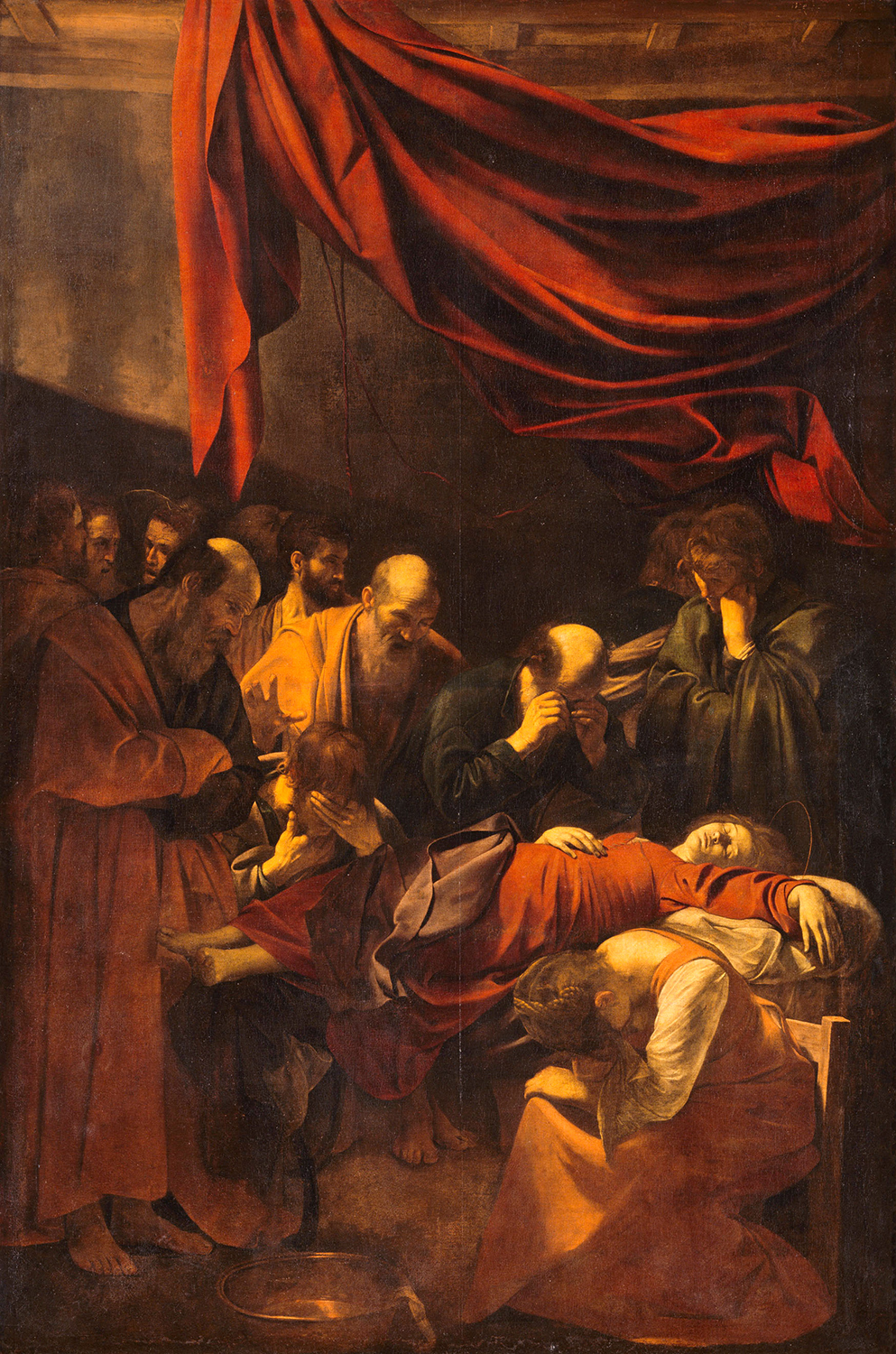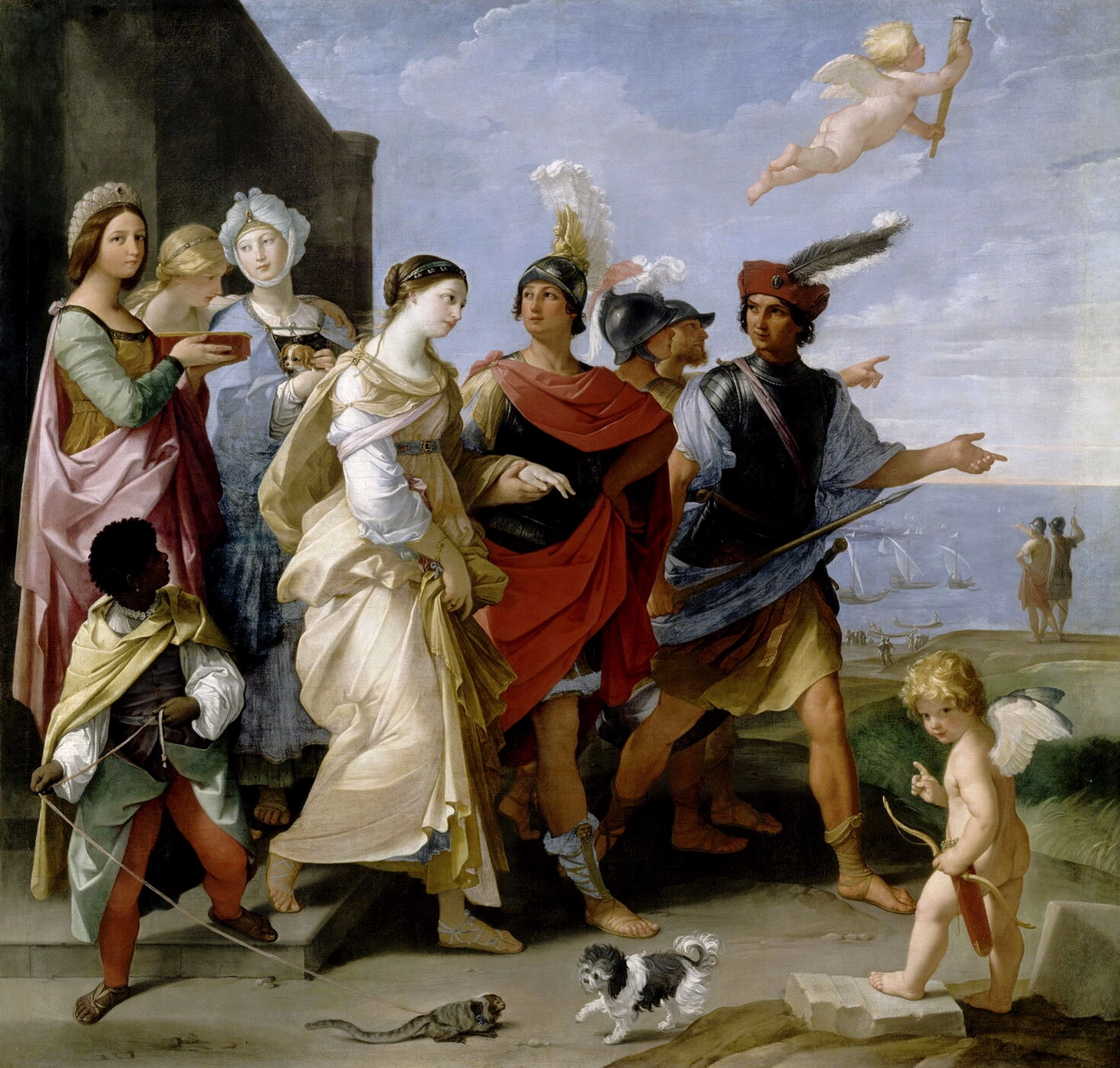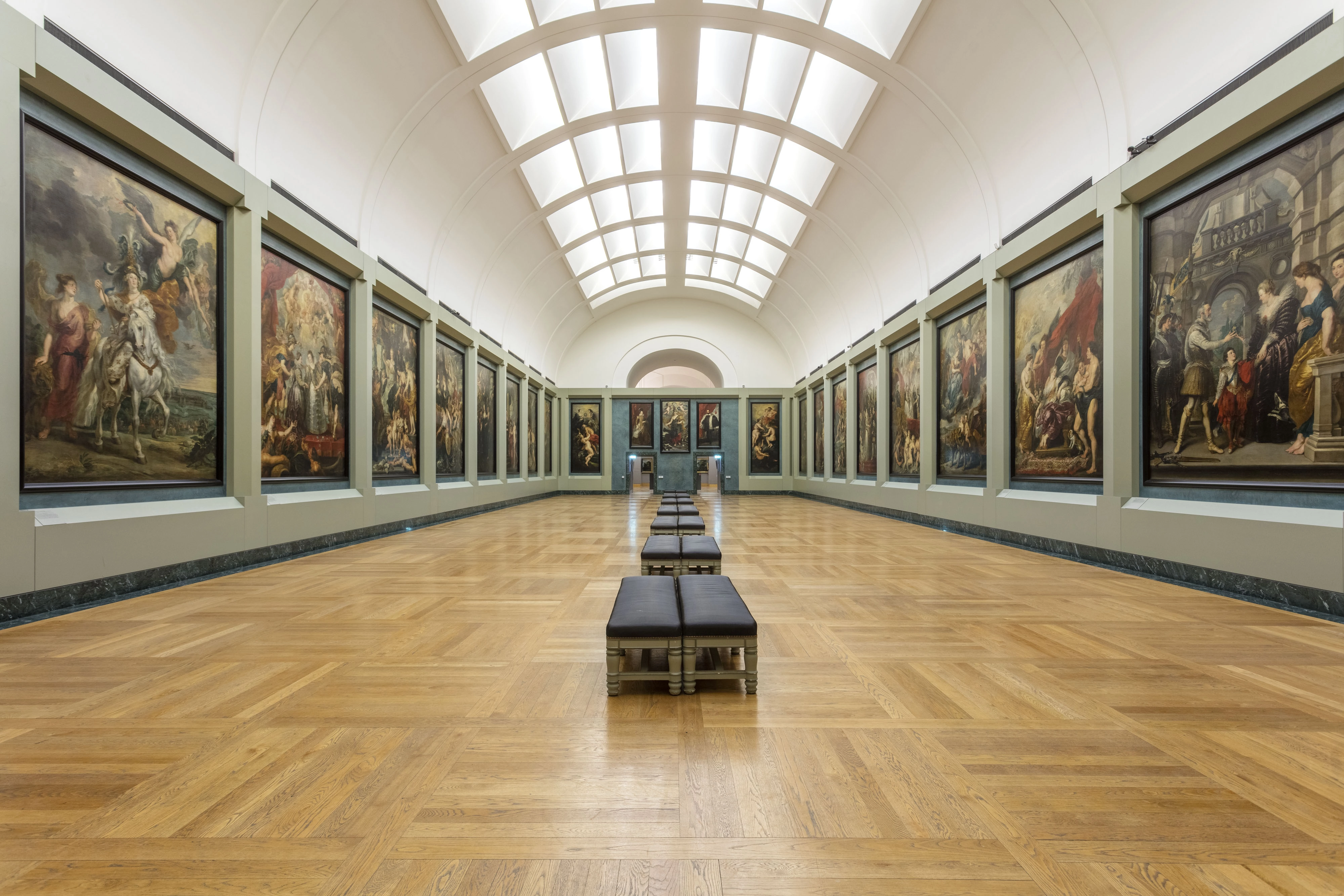Italian painting in perspectiveThe Grande Galerie

The Grande Galerie has been a hotspot in Louvre since the palace became a museum. And the emblematic gallery has a long history! Nowadays, visitors come to the Grande Galerie to see the Louvre’s extraordinary collection of Italian paintings, one of the largest and most impressive of its kind.
An emblematic gallery
Dozens upon dozens of paintings hanging one after the other as far as the eye can see in a majestic long gallery…The Grande Galerie was built at the end of the 16th century to link two royal palaces: the Louvre and Tuileries. After the French Revolution of 1789, it was one of the first parts of the former palace to open to the public once the Louvre became a museum. Today, the Grande Galerie is the very symbol of the museum. Take a stroll down its long history.
A waterfront gallery
As king of France, Henri IV undertook major construction work on the Louvre starting in 1595. To assert his new power, he took cues from the great builder kings who came before him. His grand architectural plan to enlarge and spruce up the dusty old palace of the French monarchy included linking the Louvre to the elegant Tuileries palace (now gone) that the queen Catherine de’ Medici had had built a few decades before him.
The star feature of this project, known as the ‘Grand Design’, was an immense corridor-like gallery that ran alongside the Seine: the ‘waterfront gallery’. Built mostly by the architects Louis Métezeau and Jacques Androuët du Cerceau, this huge building which connected one palace to another measured 460 metres! At the time, it was the longest of its kind in Europe.

A place where art reigns
>When he was just a lad, this long gallery served as playground to Louis XIII. When Louis became king, he continued the work started by his father, Henri IV. In 1641, he called upon the painter Nicolas Poussin to decorate the space, but the project was never finished.
It was under the reign of Louis XIV that the first floor of this vast gallery became a place to display works of art by members of the Royal Academy of Painting and Sculpture. This was fitting since the ground floor had housed workshops and lodgings for artists who worked for the kings since Henri IV. The Grande Galerie was also the setting for major events, like the laying-on of hands ceremony, when the king touched the abscesses of people suffering from disease. Indeed, it was believed that the king’s touch had the power to heal.
Mantegna’s San Sebastian
YouTube content is currently blocked. Please change your cookie settings to enable this content.
The Musée du Louvre is born
It was during the reign of Louis XVI that the project to dedicate the Grande Galerie to the permanent display of the royal painting collection took shape. The idea of transforming the Louvre into a museum saw the light of day. The painter Hubert Robert had several possibilities in mind for the Grande Galerie. Then the Revolution broke out, and on 10 August 1793, the Muséum central des arts was created and opened to the public. The Grande Galerie had been dedicated to the arts from the time of its construction; in the newfound museum, it continued to serve as a setting for art when the royal collection of painting was moved there.
Under the First Empire, when the museum was re-named the Musée Napoléon, the architects Percier and Fontaine were entrusted with re-fashioning the Grande Galerie to make it even more attractive. They created nine bays separated by sumptuous columns that support a series of arches.
Lighting up the gallery
To create optimal conditions for admiring this extraordinary collection, the choice was made to light the space from above by means of glass ceilings that bring in daylight. Napoleon III’s architect, Hector Lefuel, opened up the ceiling to create skylights. Natural and evenly-diffused light prevented unsightly glares on the paintings that hung below.
Today, masterpiece after masterpiece by the greatest names in Italian painting grace the walls of the Grande Galerie: Mantegna, Raphael, Leonardo da Vinci, Arcimboldo, Caravaggio, to name but a few.
Masterpieces in the Grande Galerie
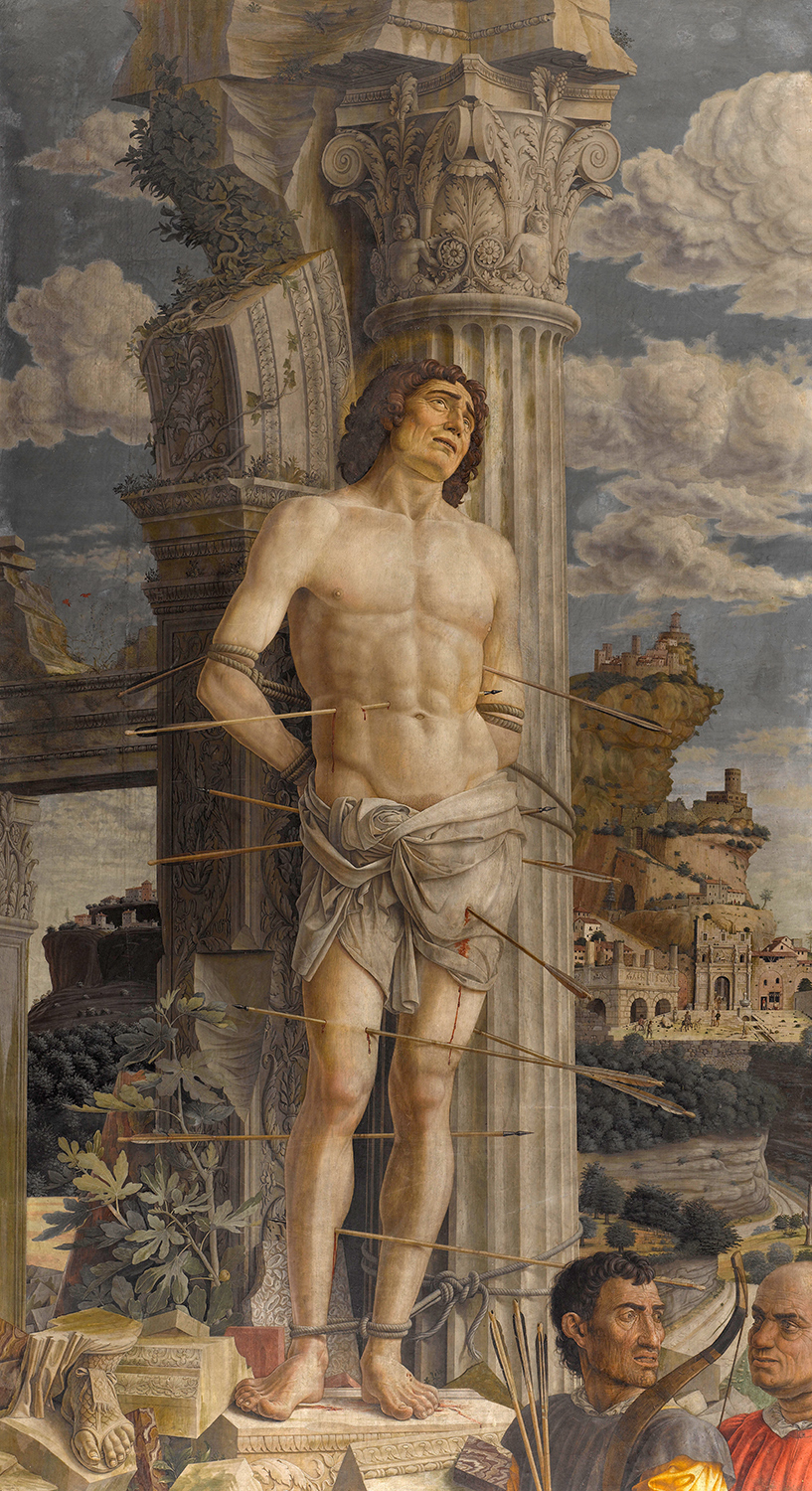
Andrea Mantegna, Saint Sebastian
1 sur 14
Did you know?
Leonardo takes pride of place at the Louvre
The Musée du Louvre boasts the world’s largest collection of paintings by Leonardo da Vinci! And France has King François I to thank for it. Indeed, it was he who invited the Florentine genius to the French Court. These works are all the more valuable since Leonardo didn’t actually make many paintings. As for the artist’s most famous work, the Mona Lisa, she is a few steps away, in the large Salle des États just off the Grande Galerie.

Napoleon I’s wedding
The Grande Galerie witnessed the unfolding of some extraordinary events. On 2 April 1810, Napoleon I and Marie-Louise of Austria processed here on their way to be married! Crowds of courtiers and distinguished guests, dressed to the nines, flocked to the Grande Galerie to watch the Emperor and new Empress go by. The sumptuous wedding party walked from the Tuileries palace to a special chapel set up in the Salon Carré, at the other end of the Grande Galerie. Napoleon hired the architect Pierre Fontaine to immortalise all the pomp of this historic day.

More to explore
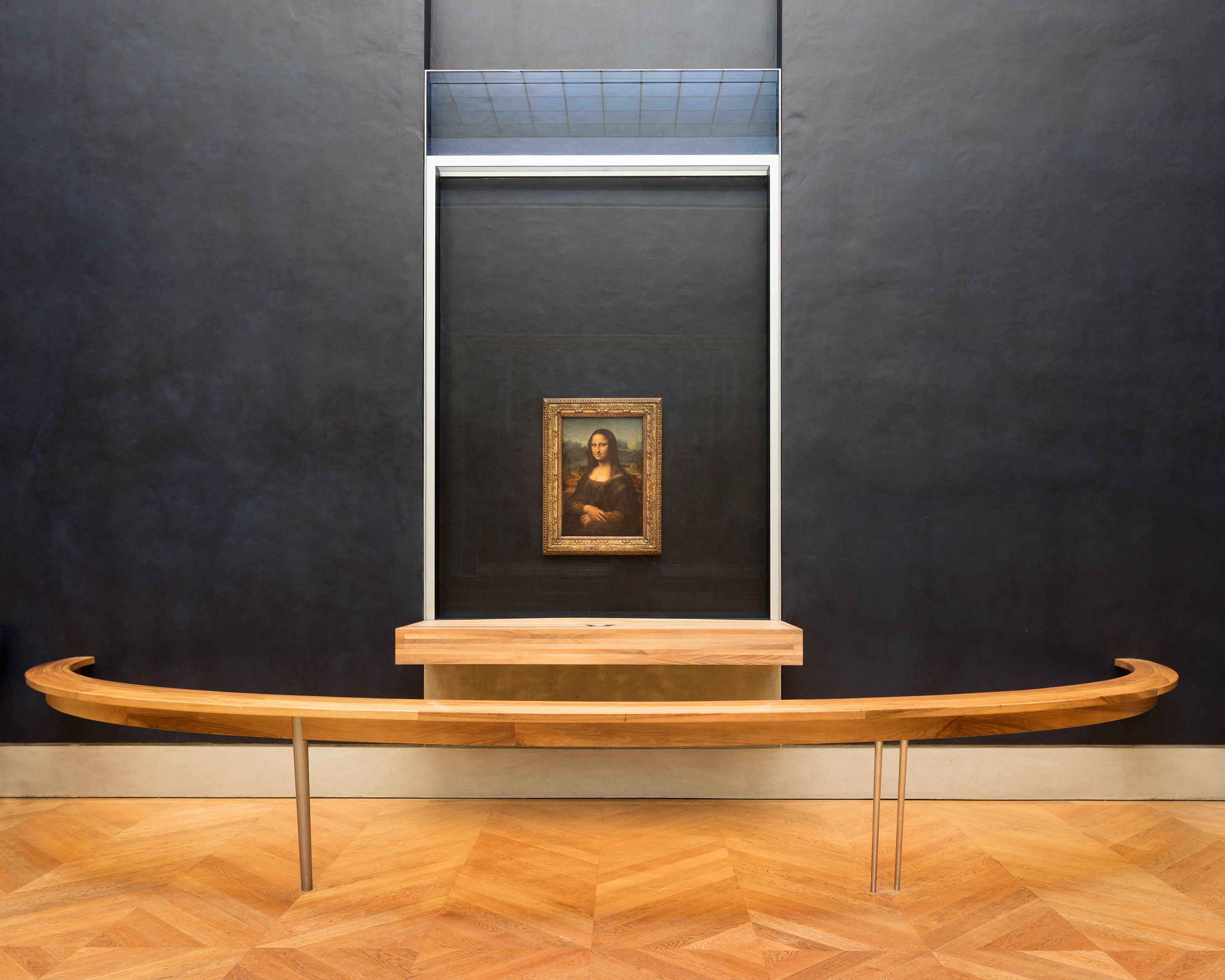
From the 'Mona Lisa' to 'The Wedding Feast at Cana'
The Salle des États
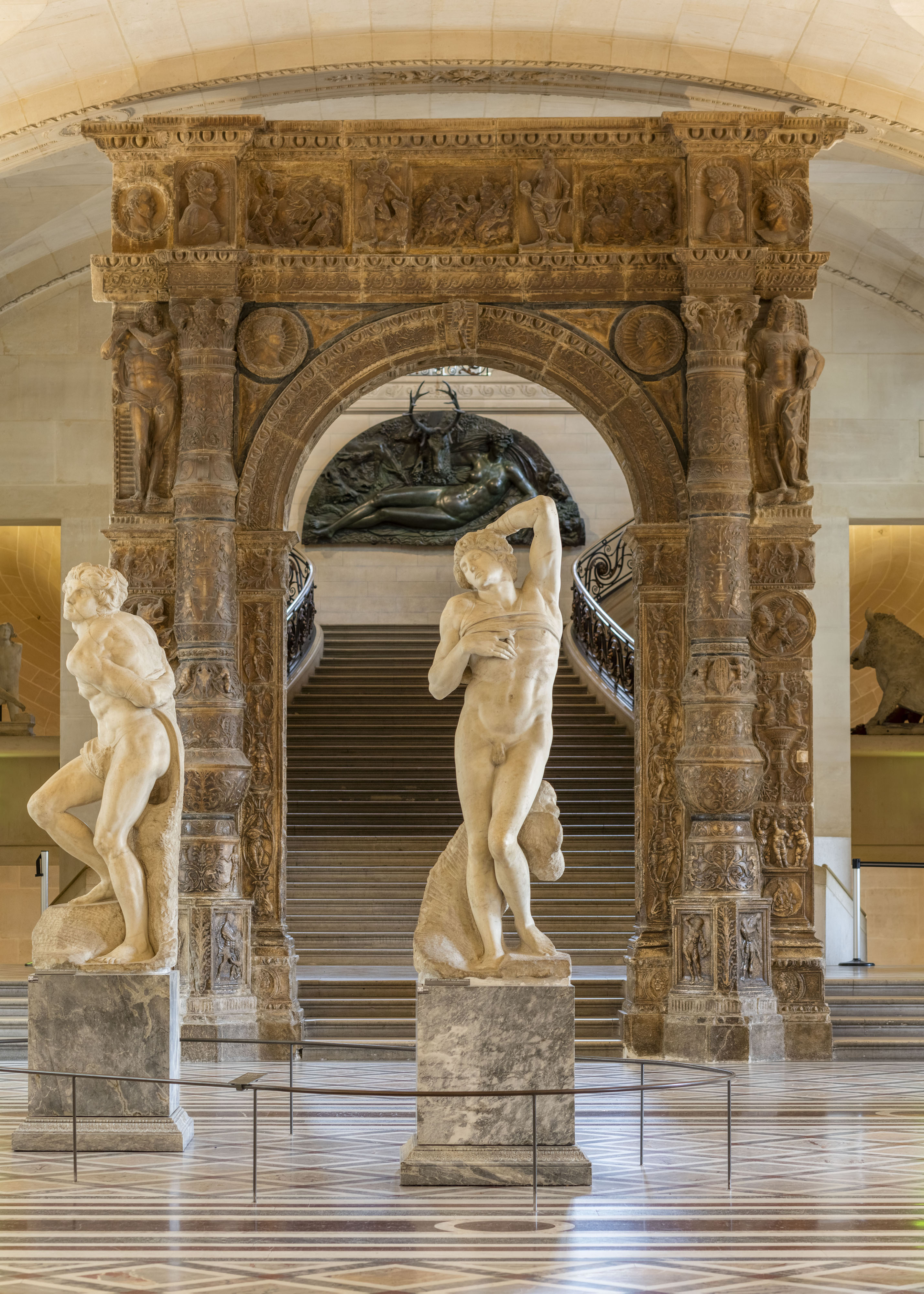
Three centuries of Italian sculpture
The Michelangelo Gallery
